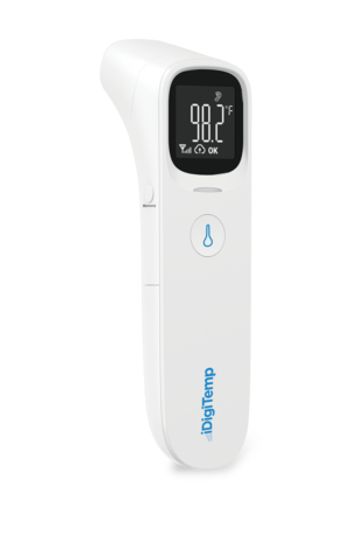
Remote monitoring boosts Medicare revenue by 20% for primary care practices, study finds
Key Takeaways
- RPM adoption in primary care practices led to a 20% increase in Medicare revenue over two years, primarily from RPM billing and additional care management.
- Practices using RPM served more diverse and higher-risk patient panels, including more non-White and dually eligible Medicare-Medicaid patients.
Practices using remote physiologic monitoring expanded care access without cutting visits for other patients.
Remote physiologic monitoring (RPM) may be doing more than helping patients
The findings, which were published in
More revenue, more visits — without crowding out other patients
Led by Mitchell Tang, Ph.D., assistant professor of health policy and management at Columbia, the study analyzed national Medicare data from 754 primary care practices that began billing for RPM between 2019 and 2021. Compared with similar practices that did not adopt RPM, those using the technology experienced a 20% increase in Medicare revenue through 2023.
Most of that growth came directly from
“RPM services are often touted as a way for practices to both improve patient care and increase revenue, but it’s not a given that this will happen,” Tang said.
Higher-risk more diverse patient panels
Researchers found that practices adopting RPM tended to serve a broader mix of patients after implementation, including more individuals with higher disease burdens, as well as more non-White and dually eligible Medicare-Medicaid patients.
The study indicates that RPM adoption did not shift resources away from traditional in-person visits.
“There was concern that the added time and resources to provide RPM to some patients would come at a cost — [that] other patients in the practice might struggle to get care,” Tang said. In actuality, practices saw more patients overall.
Policy and cost
While the study does offer what co-author Ariel D. Stern, Ph.D., of the University of Potsdam’s Hasso Plattner Institute, called “cautious optimism” for how digital tools can strengthen primary care, the authors also warn that unchecked expansion could drive up federal costs.
“Thoughtful reimbursement policies, such as evidence-based limits on monitoring duration and patient eligibility, are key to incentivize high value RPM services and ensure sustainability of RPM moving forward,” Stern said.
Supported by the Commonwealth Fund, the analysis underscores a growing shift in how technology-driven services intersect with the business of primary care, providing a rare, data-backed look at how new reimbursement models translate to practice-level outcomes.
Newsletter
Stay informed and empowered with Medical Economics enewsletter, delivering expert insights, financial strategies, practice management tips and technology trends — tailored for today’s physicians.








